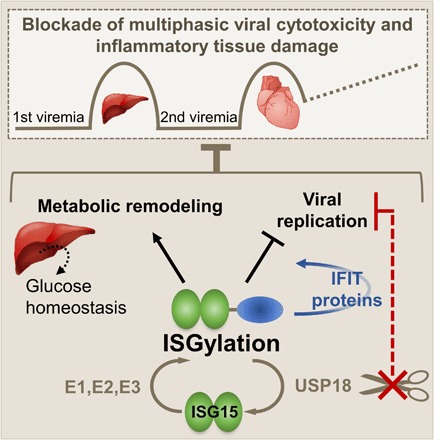Fig. 7. Protein modification with ISG15 acts cooperatively with IFIT proteins and preserves glucose homeostasis.

CV infection is a bona fide example for multiphasic state infectious disease with primary injury of liver and pancreas followed by a second viremia culminating in cardiac damage and chronic tissue damage. Early upon infection, IFNs trigger the ubiquitin-like modifier ISG15, which, in a three-step enzymatic cascade, forms covalent linkages with proteins in both infected and noninfected cells. In non–bone marrow–derived somatic cells and tissues, ISGylation inhibits viral replication, and this involves augmented protein expression levels of antiviral effectors such as IFIT1 and IFIT3. ISG15 ensures efficient storage of glucose in liver tissue of healthy mice and reprograms liver metabolism toward improved glucose production early after CV infection. Cells lacking activity of the ISG15-specific protease USP18 show a marked increased resistance against CV infection, thus providing a rationale that USP18 inhibition could be a novel host-directed approach countered to CV-associated human pathology.
